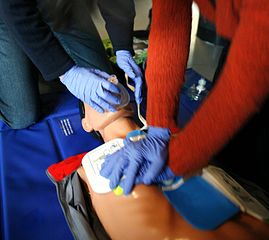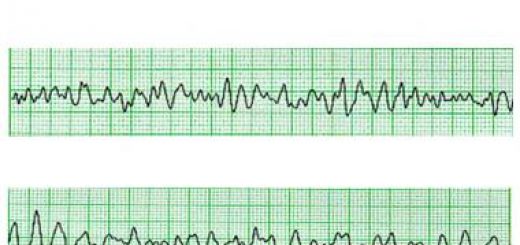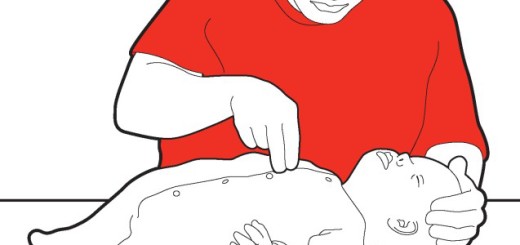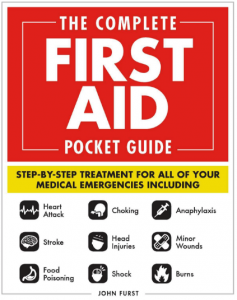A step-by-step guide to using an Automated External Defibrillator (AED)

AEDs, as their name implies are automatic and they are designed to be used by anyone, whether they are trained or untrained in using the device.
An AED comes with two sticky pads known as electrodes. They sticky pads need to be attached to the person’s chest. This will allow the AED computer to determine the heart’s rhythm and find out whether a shock would be needed.
If the victim is in a shockable rhythm such as ventricular fibrillation or ventricular tachycardia, it will deliver a shock to restore the heart’s normal rhythm. This is known as defibrillation.
An AED will not shock the patient unless it is required. Remember that an AED is different from the devices you see on TV. The ones that come with two paddles are manual defibrillators and the health care professional needs to determine if a shock is needed himself.
Note that during fibrillation, the heart is constantly quivering or twitching and it can only be brought back to its normal state when it receives a shock. If you don’t have an AED available during an emergency situation, perform CPR on the patient until paramedics arrive and deliver a shock to the patient’s heart with an AED.
Step by step procedure to using a defibrillator
- Call for emergency medical help
- Locate an AED. If there are other bystanders around you, ask one to begin CPR. It doesn’t matter if they’re untrained, they can still perform chest compressions!
- Turn on the AED. Follow the visual and voice prompts of the device.
- Attach the sticky pads to a cable plugged into the AED device and apply the pads to the patient’s bare chest. The AED will have a diagram indicating where each pad should be applied to the victim.
- Follow the instructions on the AED. Once the AED is switched on and you apply the electrodes to the patient, the AED will begin analyzing the patient’s heart rhythm and will automatically shock the patient if needed.
- Before delivering a shock ensure everyone is clear of the patient.
Want to learn more? Why not take a free online AED course and learn more about defibrillation.





